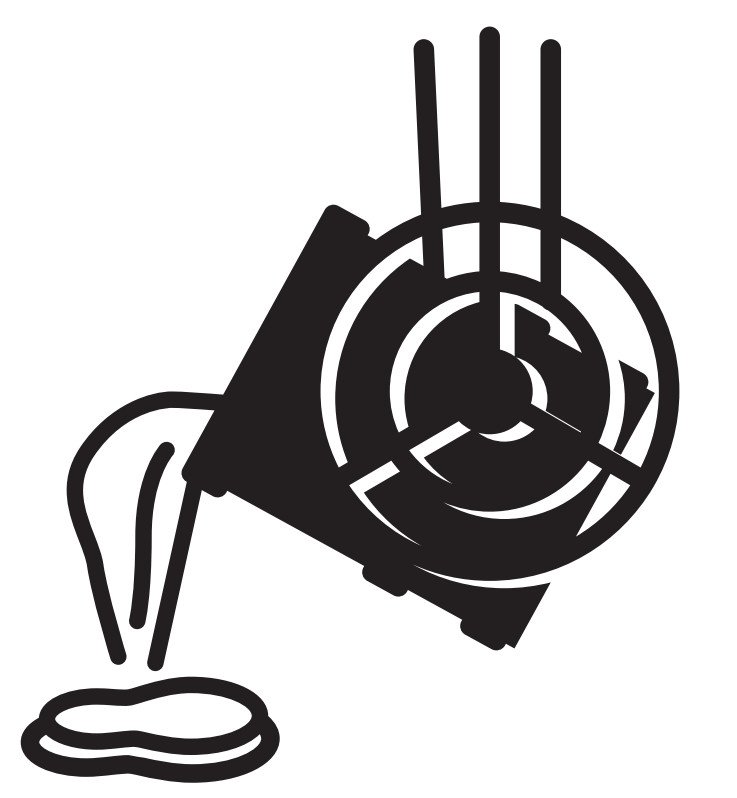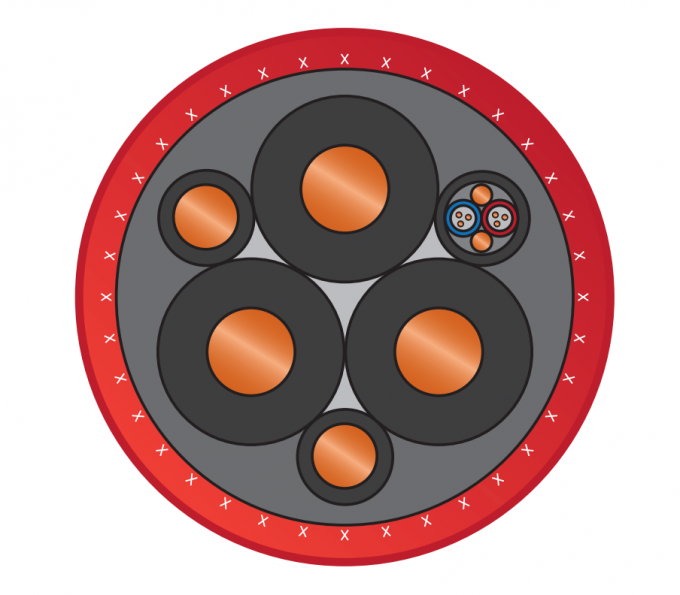


In today's increasingly safety-focused industries, flame retardancy in cables is essential. Fire-resistant cables are vital in many sectors, such as construction, telecommunications, power distribution, and transportation. These cables help prevent fire propagation and reduce hazardous risks, protecting lives and properties.
The IEC 60332 standard plays a critical role in defining flame retardancy testing methods for electric and optical fibre cables.
This article delves into the IEC 60332 standard and its various sections, exploring the types of flame retardancy tests, assessment methods, and key categories used to evaluate cable flame resistance.
The IEC 60332 standard is a comprehensive set of guidelines and tests developed by the International Electrotechnical Commission (IEC) to evaluate the fire resistance of cables. Covering a range of tests, IEC 60332 measures the extent to which electric and optical fibre cables can withstand fire conditions, specifically examining vertical flame propagation and the spread of flames across grouped cables.
The goal of this standard is to ensure that cables in critical environments are designed to prevent flames from spreading, thereby safeguarding infrastructure and personnel.
IEC 60332 is divided into multiple parts, each addressing a specific testing method and configuration. Here is an overview of each section:
| IEC 60332 Part | Description |
|---|---|
| IEC 60332-1-1 | Test for vertical flame propagation for a single insulated wire or cable - Apparatus |
| IEC 60332-1-2 | Test for vertical flame propagation for a single insulated wire or cable - 1 kW pre-mixed flame procedure |
| IEC 60332-1-3 | Test for flaming droplets/particles for a single insulated wire or cable - Procedure |
| IEC 60332-2-1 | Test for vertical flame propagation for a small insulated wire or cable - Apparatus |
| IEC 60332-2-2 | Test for vertical flame propagation for a small insulated wire or cable - Diffusion flame procedure |
| IEC 60332-3-10 | Test for vertical flame spread of vertically-mounted bunched cables - Apparatus |
| IEC 60332-3-21 to -25 | Tests for vertical flame spread of bunched cables - Category A F/R, A, B, C, D |
The IEC 60332-1 series focuses on the vertical flame propagation of individual cables and provides different methods for assessing flame spread along a single insulated wire or cable.
This part specifies the apparatus used to test flame propagation. The setup includes a testing chamber, a bunsen burner, and appropriate airflow to simulate fire conditions in controlled settings. It’s essential to maintain accurate equipment settings for consistent results.
IEC 60332-1-2 specifies the procedure for applying a 1 kW pre-mixed flame to a vertically mounted single cable. This test assesses how a single cable reacts to a small, controlled flame. The test determines whether the cable stops burning once the flame source is removed.
Flame Application: A 1 kW pre-mixed flame is applied to the cable for a specified duration.
Observation Period: After flame removal, the extent of flame propagation is measured.
Pass/Fail Criteria: The cable passes if the flame spread is within the allowable limit, indicating limited flame propagation.
| Parameter | IEC 60332-1-2 Specifications |
|---|---|
| Flame Type | Pre-mixed, 1 kW |
| Flame Application Duration | 60 seconds |
| Maximum Allowable Flame Spread | Typically 540 mm |
IEC 60332-1-3 evaluates the behavior of flaming droplets or particles, which can be a hazard if they ignite other materials. The test method includes heating a cable and observing whether any droplets or particles are produced and, if so, whether they continue to burn when falling.
The IEC 60332-2 series addresses flame propagation in small cables, which may have different flame propagation characteristics due to their reduced diameter and insulation properties.
IEC 60332-2-1 provides specifications for the apparatus used in testing small cables, including flame source, temperature settings, and environmental controls.
In this test, a diffusion flame is applied to a small, insulated wire or cable to evaluate how well it resists flame spread under lower heat conditions. The diffusion flame has a different chemical composition compared to a pre-mixed flame, providing an alternative method of assessing flame retardancy.
| Parameter | IEC 60332-2-2 Specifications |
|---|---|
| Flame Type | Diffusion |
| Application Duration | Varies by test configuration |
| Use Case | Small insulated wires |
The IEC 60332-3 series is critical for assessing the flame resistance of bunched cables, where multiple cables are grouped vertically. This series is divided into categories based on the volume of non-metallic materials used and the required flame retardant level.
| Category | Non-Metallic Material Volume | Application |
|---|---|---|
| Category A F/R | Highest | For cables in fire-resistant applications |
| Category A | High | For high flame retardant needs |
| Category B | Medium | General commercial use with moderate requirements |
| Category C | Low | For light flame retardant requirements |
| Category D | Lowest | Limited flame retardance for minimal risk areas |
In this series, bunched cables are mounted vertically in a test chamber, where they are exposed to a standardized flame source. The purpose is to measure the extent to which flames spread along the length of the cable bundle.
| Parameter | Category A F/R | Category A | Category B | Category C | Category D |
|---|---|---|---|---|---|
| Non-Metallic Volume Limit | 7 L/m | 7 L/m | 3.5 L/m | 1.5 L/m | 0.5 L/m |
| Flame Application Time | 20 min | 20 min | 20 min | 20 min | 20 min |
| Maximum Allowable Flame Spread | Strictest restriction | High restriction | Medium | Light | Minimal |
IEC 60332 tests are foundational in assessing cable safety in environments prone to fire risks, such as high-density commercial buildings, industrial plants, and transportation networks. These tests help manufacturers and users understand the behavior of cables under fire conditions, enabling the selection of the most appropriate cable for each application.
Category A F/R and A: Best suited for high-risk environments like hospitals, data centers, and airports, where fire-resistant cables are crucial.
Category B and C: Commonly used in commercial buildings, residential areas, and low-risk zones.
Category D: Suitable for minimal-risk applications where fire spread concerns are low.
| Application Environment | Recommended Category | Reason |
|---|---|---|
| Hospitals, Airports | Category A F/R, A | Highest safety and durability |
| Office Buildings | Category B | Moderate flame spread control |
| Residential Housing | Category C | Basic flame resistance required |
| Minimal Fire Risk Areas | Category D | Limited flame resistance needed |
The IEC 60332 flame retardancy standard provides structured methods for evaluating cable safety under fire conditions, ensuring that cables can be designed to minimize fire risks. From single cable tests in IEC 60332-1 and IEC 60332-2 to bunched cable assessments in IEC 60332-3, each part of the standard helps manufacturers develop products that prioritize safety and resilience.
Selecting the right flame-retardant cable for your applications is essential. By understanding IEC 60332 categories and their respective testing methods, you can ensure your cables meet the required safety standards for each specific environment. Whether it's a high-risk industrial setting or a low-risk residential building, IEC 60332-compliant cables provide peace of mind, knowing your cable infrastructure is protected against fire hazards.
Investing in cables that meet IEC 60332 standards not only enhances safety but also aligns with industry best practices and regulatory compliance, a critical step in modern infrastructure development.